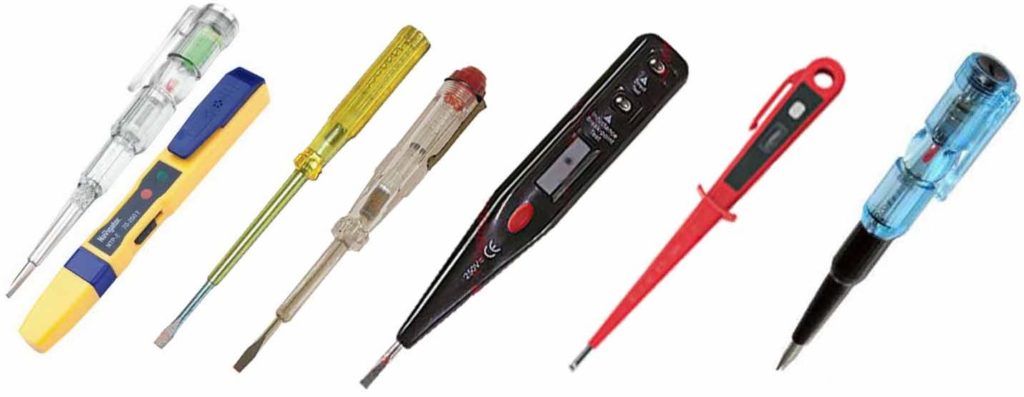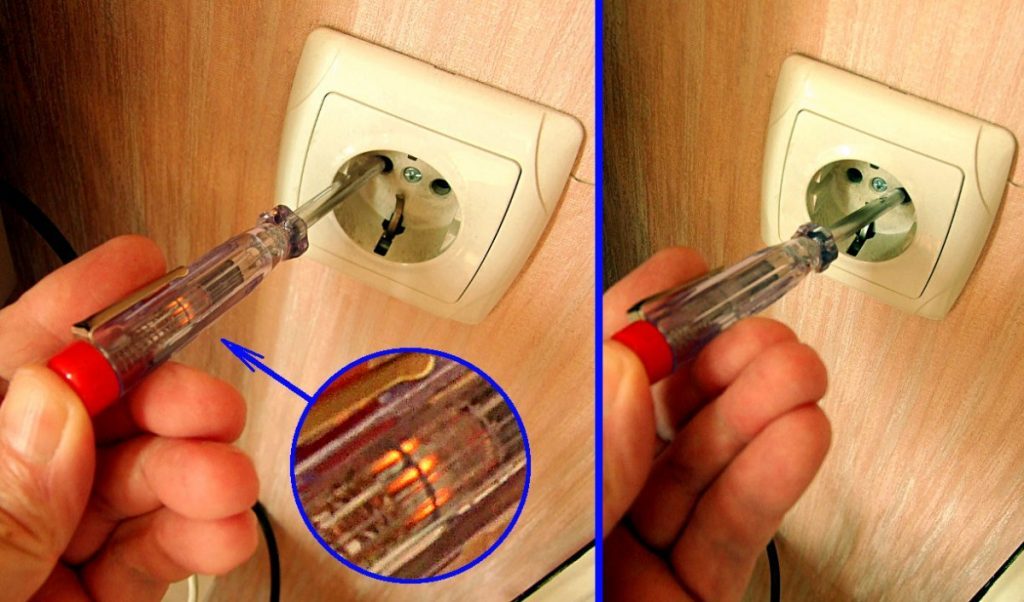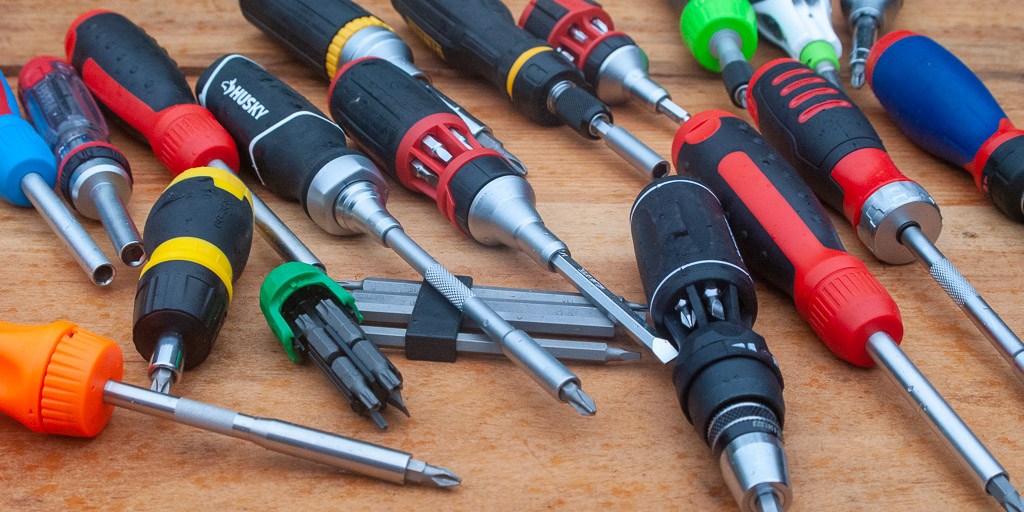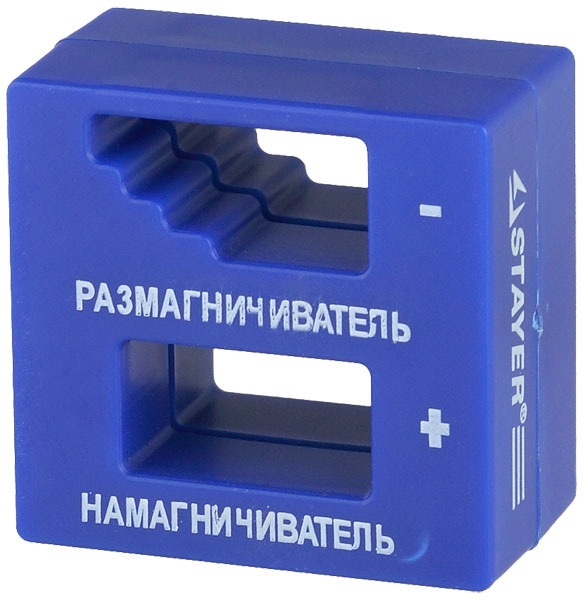Name of screwdriver with voltage test light
It is difficult for a modern person to imagine life without electricity. Therefore, our home is literally overflowing with a variety of household appliances. However, they are not immune to breakdowns. In addition, situations often arise when it is necessary to install sockets, connect a lamp, or check the voltage in the electrical network. In all these cases, you will need to use a special device - a screwdriver, which will allow you to check the voltage.
The content of the article
Screwdriver for checking voltage: what is it called and what does it work
A tool that allows you to measure the mains voltage is called an indicator screwdriver. The device has a wide range of applications and is easy to use. Therefore, it is used by both ordinary people and professional electricians.
An indicator screwdriver is most often used in the following cases:
- To determine the neutral wire or phase.
- To find out the polarity of batteries and other power supplies.
- To detect wiring hidden in the wall.
- To find the location of a break in the power supply.
- To check the performance of diodes, incandescent lamps, various radio components, devices equipped with heating elements.

Reference. Modern models are equipped with a liquid crystal display. Therefore, they have an additional function - they allow you not only to check the voltage in the network, but also to measure its value, as well as find out the location of the positive and negative electrodes.
The operating principle of the device is as follows:
- When the tip of the screwdriver comes into contact with the phase or positively charged terminal of the battery, voltage begins to flow through it.
- Through the rod, current flows to a miniature resistor with an impedance of 1 ohm. In this case, the device independently reduces the voltage to a value that is safe for the device and humans.
- Next, an electric current flows to the neon lamp, which causes the gas inside the element to glow.
- After this, the remaining tension passes through the human body and goes into the ground.
The entire process of measuring electric current in a specific area takes no more than ten seconds.
Types of indicator screwdrivers
There are several options for the measuring device. They differ in design, operating principle, and additional functions. So, on sale are: simple tools, models with a built-in battery, electronic, non-contact.
A simple model with a neon light bulb
The design of the most common and accessible model consists of the following elements:
- Housing made of durable transparent plastic. It is often painted in bright colors.
- Flat tip rod.
- Resistor. The element voltage must be at least 1 ohm.
- Small neon lamp.
- Contact surface.
To make the product convenient to transport, there is a plastic clip in its upper part.
Despite its simplicity, low cost and ease of use, the device has limited capabilities. It will not be possible to measure voltage if its value is less than 60 V.
Non-contact battery-powered measuring device
Despite the external similarity with the previous version, it has a different design. For example, instead of a neon lamp, a miniature LED is used here. This significantly expands the functionality, allowing measurements to be carried out on networks with voltages less than 60 V.
The device allows you to check circuits of radio and electrical equipment, determine the functionality of fuses, and find broken wires. A bipolar transistor and an autonomous battery allow for contactless manipulation.
Measuring screwdriver with contact batteries
It is a kind of hybrid of a conventional and contactless model. This also uses an LED and a resistor. The main difference is the presence of a contact surface. This eliminates the possibility of contactless network testing.
Electronic options
Its design consists of elements:
- small rod;
- housings made of dense opaque plastic;
- miniature LCD display;
- two contact surfaces.
This is a modern, universal device. Compared to the previous ones, the electronic model has broader functions: with its help you can “ring” the electrical network for a short circuit, make contact or non-contact measurements.
The device notifies you of the results using an LED and a characteristic sound.In addition, the screwdriver has a low response threshold. This allows it to be used for setting up and repairing circuits in vehicles, electronic and household appliances. The disadvantages include the built-in battery. If the device fails or the battery runs out of charge, you will have to purchase a new screwdriver.
How to use a screwdriver to test voltage
Despite the similar design and ease of use, each device has its own nuances of use.
Simple screwdriver
To determine the presence or absence of electric current in an outlet or on a section of the electrical network, carry out the following manipulations:
- Place the tip of the tip on the contact of the socket or the section of the network being studied.
- Use your finger to press on the special pole plane, which is located at the end.
If the device is working properly, there is voltage in the circuit, the screwdriver will indicate this by glowing a neon light bulb.
Self-powered and LED element
To determine the neutral or phase contact, you just need to touch the socket or section of the electrical circuit with the rod. If the device is working properly, there is no open circuit, the LED will light up brightly. You don't need to put your finger on it.
With LCD display
Allows inspection by both contact and non-contact methods. In the first case, the process is the same as when using a simple screwdriver. However, in this case, the device will notify you with an inscription on the indicator.
In the non-contact method, the device is brought as close as possible to the object being examined. Then press the button on the case. If the device is working properly and the network section is energized, a lightning bolt symbol will be displayed on the LCD display.
A modern tool allows you to quickly find damaged sections of an electrical circuit and repair various devices. It is important to remember to follow safety precautions. Experts do not recommend using non-working or faulty devices - this can lead to electric shock or incorrect test results.
“Remains of tension pass through the human body and go into the ground.” And if the inspector is wearing rubber (just in case, rubber is an insulator), then where does the current go?
(3).Resistor. The element voltage must be at least 1 ohm.???????????????
????!!!
Author! Don't write about things you don't understand!






It's been a long time since I've seen such verbal ponps.